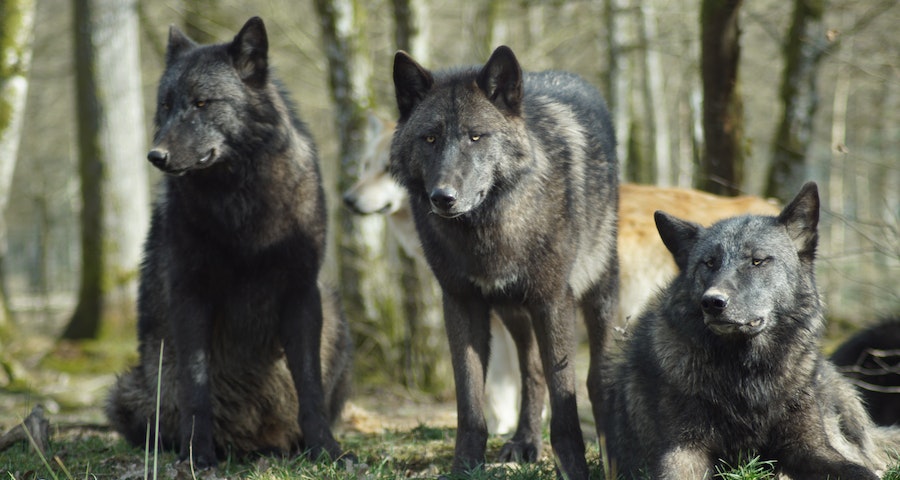
Wolves are intriguing and mysterious creatures that have captured the imagination of people all over the world. With their cool and distant countenance, elegant gait, and piercing howls that echo through the mountains, these majestic predators have been the subject of myths, legends, and folktales for centuries. In this blog post, let’s delve deeper into the fascinating world of wolves and explore some little-known but interesting facts about them.
Contents
Wolves Are Superb Hunters
Wolves are among the most efficient hunters in the animal kingdom. They have razor-sharp teeth, powerful jaws, and keen senses that help them track their prey over long distances. These carnivores typically prefer to hunt in packs, where they can collaborate and take down larger animals like elk and bison. When hunting, wolves use a coordinated strategy, with some members of the pack acting as decoys, while others go for the kill. They can run at an impressive speed of 40 miles per hour and can cover long distances without getting tired.
They Have a Fascinating Social Structure
Wolves are highly social animals that live in complex family groups known as packs. The pack is usually led by a dominant male and female, known as the alpha pair, who are responsible for the well-being and safety of the group. Other members of the pack include their offspring and other subordinate wolves. Wolves communicate through a variety of vocalizations, including howls, barks, whines, and growls, which helps them to coordinate their actions and reinforce social bonds.
There Are Different Kinds of Wolves
Though most people might assume that all wolves are the same, there are actually several different species of wolves, including the gray wolf, the red wolf, the Ethiopian wolf, and the arctic wolf, to name a few. The gray wolf is the most widespread and well-known species of wolf, found in North America, Europe, and Asia. The red wolf, on the other hand, is a rare and endangered species that is found only in a few small areas of the southeastern United States.
Wolves Are an Important Part of Ecosystems
Wolves play a crucial role in maintaining healthy and balanced ecosystems. As apex predators, they help regulate the populations of other animals, including deer, elk, and rabbits, which, if left unchecked, can cause severe damage to vegetation and forests. By controlling the population of herbivores, wolves indirectly help promote plant growth, which in turn benefits other wildlife like birds, small mammals, and insects.
They Are Threatened by Humans
Unfortunately, wolves are facing many challenges in the modern world, mainly because of human activities. For centuries, wolves have been hunted, trapped, and poisoned, often for no good reason. The loss of habitat due to deforestation, development, and climate change has also made it harder for wolves to survive. Today, many conservation efforts are being made to protect wolves, including reintroduction programs, habitat restoration, and public education campaigns.
Conclusion
Wolves are fascinating animals that have a lot to teach us about the natural world. From their impressive hunting skills to their complex social structures and importance in ecosystem health, wolves are a symbol of resilience and adaptability. However, their future is uncertain, and it’s up to us to take action to protect these magnificent creatures and ensure their survival in the years to come. We hope this article has given you a better understanding of wolves and their role in our world.
